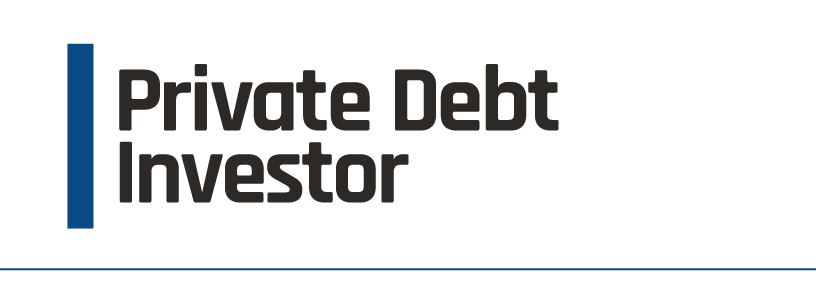The stage is set
What is my portfolio worth? Valuation guidelines remain a big topic for every LP and GP active in the asset class. As private equity investments by both venture capital and buyout funds grow increasingly complex and spread across borders, the necessary uniformity in valuation practices is becoming more of a reality, say Colin Blaydon and Fred Wainwright of the Center for Private Equity and Entrepreneurship at the Tuck School of Business at Dartmouth.





